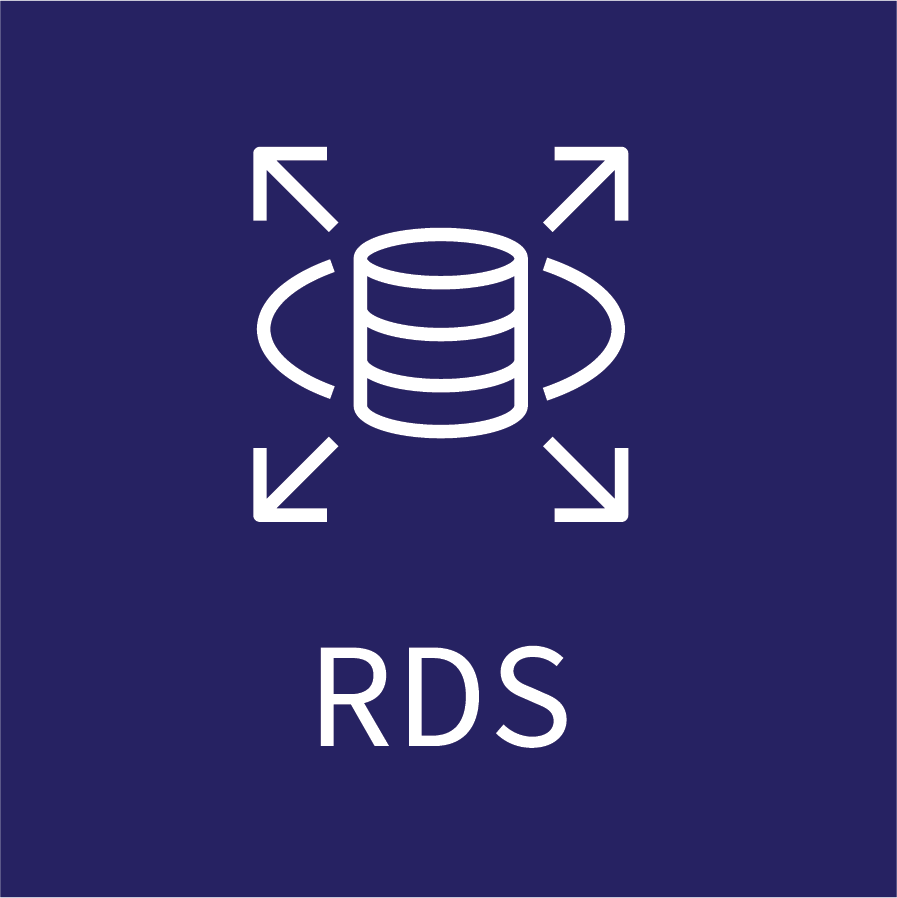
AWS - RDS Essentials
The advent of SaaS create a lot of flux in software development, specifically web development. Now every company thinks about scaling from day 1. We can even call these web-scale applications. In any web-scale application architecture, the hardest part is always how do to scale the database. In fact, scaling problems starts with database for every web-scale application. These scaling problem triggered a lot of innovation from big companies who operate at web scale level. These innovations ditched the idea of Relational Databases and went onto creating databases that scale without worrying about the storage of the data since storage has become more than 10x cheaper today. All these databases that built for scale don’t follow the relational nature of the RDBMS and normalization.
No matter how many new databases come up, RDBMS still one of the most popular choice for a lot of new as well as legacy software systems. This is due to the ecosystem of drivers, management software, large number of developers with good understanding of schema design, support for wide variety of languages etc. makes the RDBMS, kind of ubiquitous.
If you are facing problems with managing your database, look no further, RDS is here. RDS is one of the oldest and popular services from AWS that has lot of features built in. Unless, you are dead set on building and managing your own RDBMS cluster on VMs, you would benefit a lot from managed service like RDS.
These are some of the notable features of the RDS.
- Create and manage databases instances from simple interface.
- Launch a master-slave cluster of database instance with few clicks, which takes a lot of grunt work doing it manually.
- Fully-automated OS patching, server patching, hardware lifecycle etc. User’s responsibility is to only optimize the database.
- Support for all the major mainstream RDBMS systems like MySQL, Postgres, MariaDB, Oracle and Microsoft SQL Server.
- Good integration with Secrets Manager to automatically create and manage database credentials. DB credentials are one of the most secret info in an application stack.
- Flexible pricing model that allows you to pay as go to. It grows with your business/user growth with very little capital expenditure.
Conclusion
RDS is one of the most popular and widely used managed services AWS that offers a lot of benefits and ROI for your business applications. It frees you from managing any business-critical Relational Database System in terms of backup, restore, patching and security monitoring.